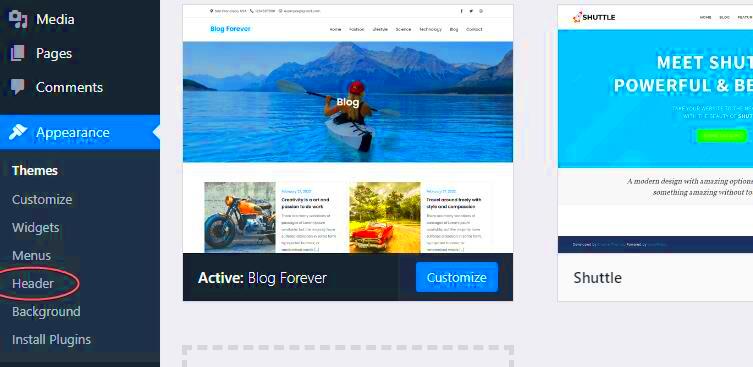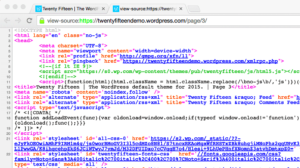In today’s digital landscape, enhancing the performance and security of your website is more crucial than ever. One effective way to achieve this is through HTTP header customization. This blog post serves as a user manual for WordPress plugins designed for tweaking HTTP headers. Whether you’re an experienced developer or a novice website owner, customizing HTTP headers can significantly impact how your site interacts with its visitors and search engines. Let’s dive into the world of HTTP headers and see how customization can be a game-changer for your WordPress site!
Understanding HTTP Headers and Their Importance
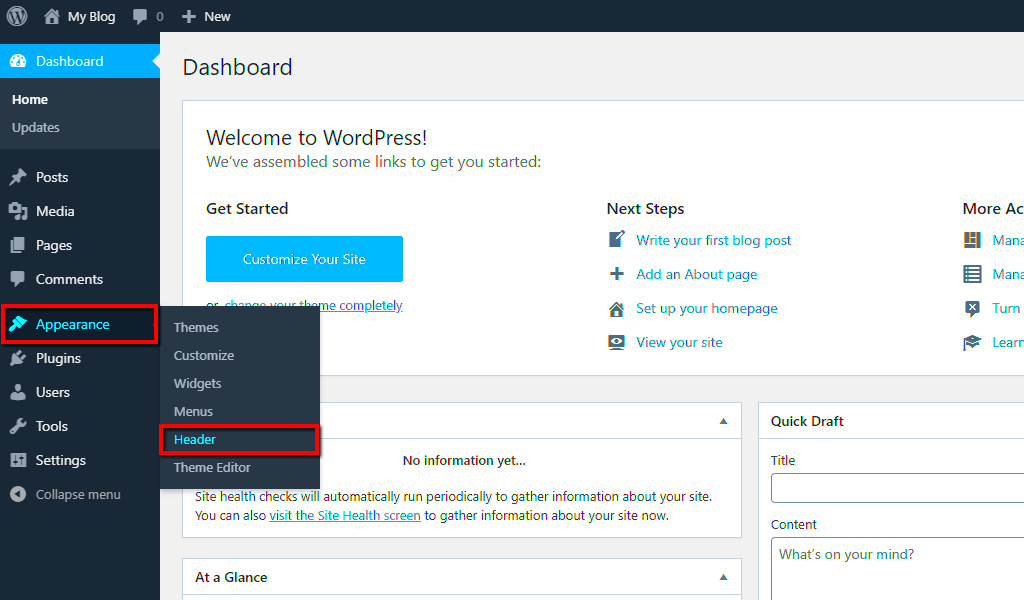
So, what exactly are HTTP headers? In simple terms, HTTP headers are pieces of information that are sent between the client (your browser) and the server (where your website resides) during an HTTP request. They play a vital role in ensuring that both parties communicate effectively. Let’s break it down:
- Definition: HTTP headers are like the cover of a book—they provide essential information before the content is revealed.
- Types: There are various types of HTTP headers, such as request headers, response headers, and entity headers.
Now, why should you care about them? Here are a few reasons:
| Reason | Description |
|---|---|
| Performance Optimization | Custom headers can help in caching strategies, speeding up load times. |
| Security Enhancements | You can mitigate various threats by implementing headers like Content Security Policy (CSP). |
| SEO Boost | Properly configured headers can improve search engine rankings by providing better context. |
In summary, HTTP headers are powerful tools in managing site performance and security. Understanding them can lead to better optimization and a more robust online presence for your WordPress site.
3. Installing the WordPress Plugin
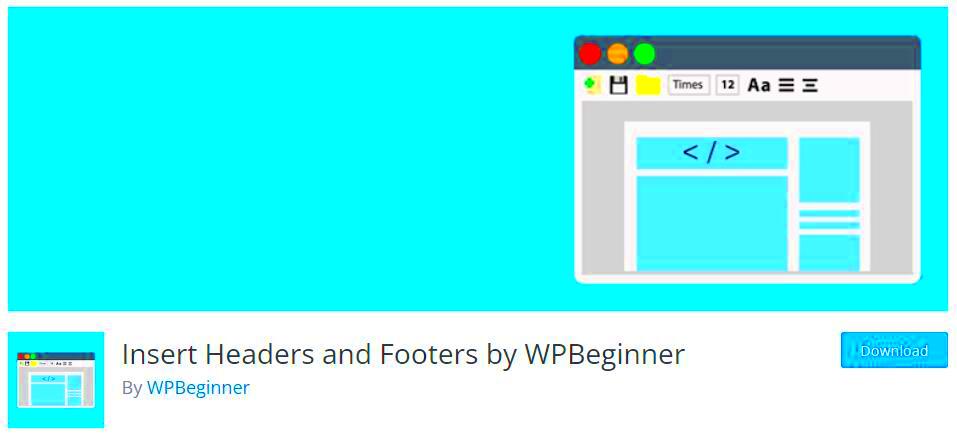
Installing a WordPress plugin can feel a bit overwhelming if you’re new to it, but I promise, it’s a breeze! To get started with customizing your HTTP headers, you first need to install the plugin designed for this purpose. Here’s a step-by-step guide to help you through the process:
- Access Your WordPress Dashboard: Begin by logging into your WordPress admin panel. You can usually do this by adding
/wp-adminto the end of your site’s URL. - Navigate to the Plugins Section: On the left-hand side, find and click on the Plugins option. This will take you to the plugins management area where you can view all installed plugins.
- Add New Plugin: At the top of the Plugins page, you’ll see an Add New button. Click it to explore the WordPress Plugin Directory.
- Search for the Plugin: Use the search bar to look for the specific HTTP header customization plugin you wish to install. You can type in keywords like “HTTP Headers” or the name of the plugin.
- Install the Plugin: Once you locate the desired plugin, click the Install Now button. After a few moments, the button will change to Activate.
- Activate the Plugin: Click on Activate to enable the plugin and start using it on your site.
And that’s it! You’ve successfully installed your HTTP header customization plugin. You’re now ready to move on to configuring your basic settings and tailoring your website’s performance and security.
4. Configuring Basic HTTP Header Settings
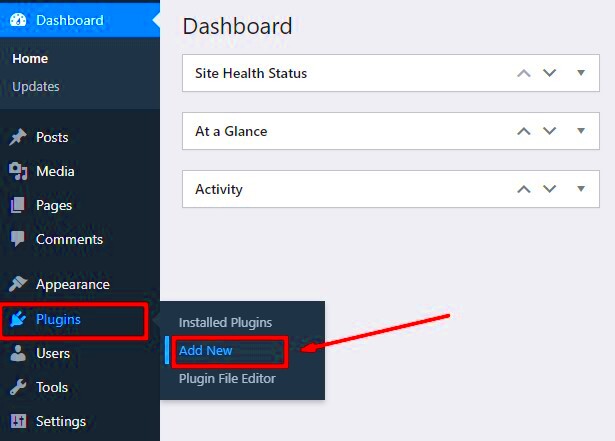
Now that you have the plugin installed, it’s time to configure the basic HTTP header settings. Understanding how to tweak these settings can significantly enhance your site’s security and performance. Let’s dive into the essentials:
First, go back to your WordPress dashboard and locate the plugin you just installed. You’ll usually find it under the Settings or its individual menu on the sidebar.
Once you’re on the plugin settings page, you’ll see various options laid out for you. Here are some basic configurations you should consider:
- Content Security Policy (CSP): A proper CSP can help mitigate cross-site scripting (XSS) attacks. You can define what resources are allowed to load on your pages. For instance, you might specify only to load images from your own domain.
- X-Frame-Options: This header prevents your site from being displayed within a frame or iframe, thus blocking clickjacking attacks. You typically want to set this to
DENY. - X-Content-Type-Options: Setting this header to
nosniffprevents browsers from MIME-sniffing a response away from the declared content-type, which enhances security. - Strict-Transport-Security (HSTS): This tells browsers to only use HTTPS for your site, preventing man-in-the-middle attacks. Setting a one-year duration (with a max-age directive) is a common practice.
After adjusting these settings to your liking, make sure to save your changes. Some plugins may provide a Test Configuration button, so you can ensure everything is set up correctly before going live. Take the time to understand each option as tweaking them can create a more secure and efficient environment for your WordPress site.
5. Advanced HTTP Header Customization Options
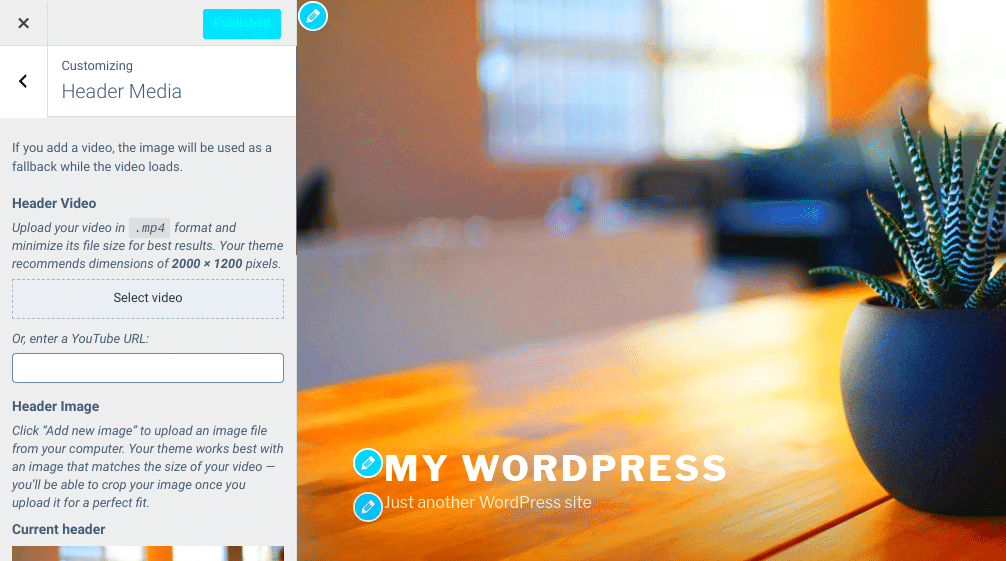
When you delve deeper into HTTP header customization on WordPress, you’ll find a treasure trove of advanced options that can significantly improve your website’s performance, security, and user experience. By harnessing these settings, you can tailor your site’s HTTP headers to meet specific needs, which is particularly beneficial for developers and seasoned website administrators.
Here’s a quick rundown of some advanced HTTP header customization options:
- HTTP Strict Transport Security (HSTS): This header helps in enforcing secure connections to your website. By setting HSTS, you not only protect your site from attacks like session hijacking but also enhance user trust. It ensures that browsers only connect to your server via HTTPS.
- Content Security Policy (CSP): A robust way to mitigate XSS attacks, CSP allows you to specify which content sources are trusted. By doing this, you control where scripts, styles, and other resources can be loaded from, thereby shielding your site from malicious injections.
- X-Content-Type-Options: This header prevents browsers from MIME-sniffing a response away from the declared content type. Setting this value to “nosniff” ensures that browsers only render files as intended, enhancing security.
- Cache-Control: This header gives you complete control over your site’s caching policies. You can specify durations for caching content, which can greatly speed up loading times for returning visitors.
- Cross-Origin Resource Sharing (CORS): If your website needs to make requests to another domain, setting the proper CORS headers ensures your resources are accessible while maintaining security.
Each of these headers plays a pivotal role in how your site interacts with users and other servers. By understanding and implementing these advanced customization options, you’re setting yourself up for a secure, performant, and user-friendly website.
6. Common HTTP Headers and Their Uses
HTTP headers might seem like a techy subject, but they are crucial for ensuring your website runs smoothly and safely. They carry essential information between the client (the browser) and the server, helping to dictate how requests and responses should be processed. Below, we’ll explore some of the common HTTP headers you’ll come across and their primary functions.
| Header | Purpose |
|---|---|
| Server | Identifies the server software being used (e.g., Apache, Nginx). |
| Date | Indicates the date and time that the message was sent. |
| Content-Type | Specifies the media type of the resource (e.g., text/html, application/json). |
| Content-Length | Indicates the size of the response body in bytes. |
| Connection | Control options for the current connection (e.g., “keep-alive”). |
| Set-Cookie | Used to send cookies from the server to the user’s browser. |
| Location | Used in redirection, indicating the URL to redirect to. |
Each of these headers contributes to the foundation of how your site communicates with users and manages resources. Understanding these headers allows you to troubleshoot issues more effectively, optimize user experience, and secure your web application against potential threats.
7. Testing HTTP Header Changes
After customizing the HTTP headers using your WordPress plugin, it’s crucial to test these changes to ensure they are functioning as expected. Testing helps identify potential issues before your site goes live, ensuring a smooth user experience. Here are some steps you can follow to effectively test your HTTP header changes:
- Use Browser Developer Tools: Open your website in a web browser like Chrome or Firefox. Right-click on the page and select “Inspect” or “Inspect Element.” Navigate to the “Network” tab to view all HTTP requests made by your browser.
- Monitor Requests: Reload your page (make sure to clear the cache, if necessary). Click on individual requests to see their headers. Check that your custom headers appear in the “Response Headers” section.
- Online Header Checkers: Utilize online tools like HTTP Header Checker to test your site’s headers. These tools provide a simple interface to input your URL and review all HTTP headers being sent.
- Use cURL Command: If you’re comfortable with the command line, you can run a command like
curl -I yourwebsite.com. This displays the HTTP headers directly and lets you confirm custom settings.
By following these steps, you can ensure that your HTTP header changes have been applied correctly and that they are enhancing your website’s performance and security. If something isn’t right, don’t worry—it’s time to troubleshoot!
8. Troubleshooting Common Issues
If you’re facing issues after implementing HTTP header customizations, don’t stress! Here are some common problems and their solutions to help you get back on track:
| Issue | Description | Solution |
|---|---|---|
| Headers Not Applying | Your changes may not be reflected in the HTTP headers. | Check if your plugin is activated and configured correctly. Also, try clearing your site cache or browser cache. |
| Site Performance Issues | Optimize your headers and remove any unnecessary ones. Use performance testing tools to identify bottlenecks. | |
| Browser Compatibility Problems | Some headers might not be working in certain browsers. | Ensure you’re using standard headers and check for browser console errors. Test your site across multiple browsers. |
| Security Header Conflicts | Custom headers could conflict with existing security plugins. | Review your security settings and resolve any conflicts by adjusting header priorities. |
By identifying and fixing these common issues, you can ensure your HTTP header customizations are effective and beneficial for your WordPress site. If problems persist, consider reaching out to the plugin support team or referencing documentation for additional solutions. Happy customizing!
9. Best Practices for HTTP Header Customization
Customizing HTTP headers is an essential aspect of optimizing your WordPress site for performance, security, and SEO. However, it’s crucial to follow best practices to ensure that your customizations don’t inadvertently create issues. Here are some key guidelines to consider:
- Understand the Basics: Before diving into header customization, it’s essential to have a solid grasp of what HTTP headers do and the differences between various headers like
Cache-Control,Content-Security-Policy, andStrict-Transport-Security. This foundational knowledge helps you make informed decisions. - A/B Testing: Whenever you implement changes, conduct A/B tests. This practice will help you gauge the effectiveness of your customizations and identify any negative impacts on performance.
- Backup Your Site: Always back up your WordPress site before making significant changes to headers. This precaution helps you roll back if something goes wrong, saving you from headaches down the line.
- Monitor Performance: Use tools like GTMetrix or Google PageSpeed Insights to monitor how header changes affect your site’s load time and performance after implementation.
- Limit Changes: Don’t overwhelm your site with too many custom headers. Stick to a few essential changes that align with your site’s goals and needs.
- Stay Updated: HTTP standards evolve, so it’s crucial to stay updated on best practices and changes in HTTP header recommendations, especially regarding security headers.
By following these best practices, you will ensure a smoother process in customizing your HTTP headers while mitigating potential risks associated with it.
10. Conclusion and Further Resources
In conclusion, HTTP header customization is a powerful tool in your WordPress optimization arsenal. When done right, it enhances your website’s performance, improves security, and positively affects SEO. The flexibility offered by various plugins allows users at any skill level to implement these changes easily. However, remember the crucial role of best practices in this process to avoid any pitfalls.
To assist you further on this journey, here are some resources worth checking out:
- MDN Web Docs – HTTP Headers: An essential resource that outlines the various HTTP headers and their purposes.
- WordPress Plugin Repository: Find plugins for managing HTTP headers, including detailed reviews and user feedback.
- GTMetrix: A tool to analyze your site’s performance, including how header customization impacts speed and performance.
- WebPageTest: A great way to monitor how your website performs under different scenarios, providing insights into HTTP header efficiency.
- OWASP – HTTP Headers: This provides comprehensive information on security headers and their significance.
Utilize these resources wisely, and you’ll be well-equipped to make informed decisions about HTTP header customization, enhancing both the user experience and the robustness of your WordPress site.

